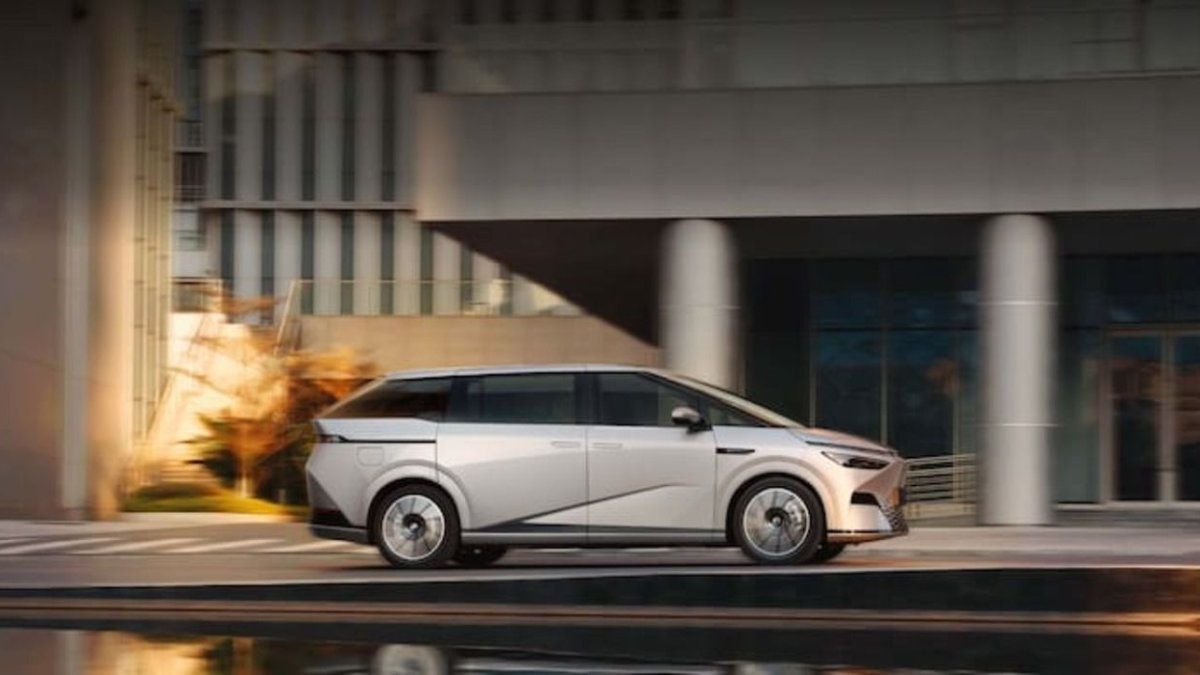Image: colourbox.de
How are construction sites changing? Which trends will dominate in the future? Answers to these questions were recently given at an event organized by the automobile cluster of the location agency Business Upper Austria at the Bauakademie in Steyregg, the training center for the construction industry in Upper Austria.
The speakers agreed that the construction site of the future will fulfill several functions. It is digital, electric, autonomous, emission-free, clean and quiet. There are currently still a few market-ready series applications, “but development is going very quickly,” said Gerald Warter, project manager in the auto cluster.
Construction sites are not yet completely unmanned, but if one assumes the five levels of autonomous driving, Upper Austria is at level two to three, said Warter. Battery-electric construction machines and equipment from manufacturers such as Liebherr, Wacker Neuson and Rubble Master have been on the market for some time. With some providers, several machines can be controlled simultaneously from one control center. Electrification is the furthest technologically advanced.
Scandinavia, especially Norway, is considered a pioneer in the construction sites of the future. Inner-city construction sites can no longer avoid electric machines. “On a construction site in Oslo, people can work an hour longer in the evening because the noise pollution is significantly lower,” said Basil Hertweck from the Zurich consulting and research company Intep. The environmental engineer presented a study according to which greenhouse gases were reduced by almost two thirds at electric construction sites compared to fossil fuel-powered construction sites.
Mobile loading containers
Domestic construction companies are concerned with questions about the power supply and the duration of the operating hours. As a solution to this, Miba Battery Systems from Bad Leonfelden has developed mobile charging containers, which are currently being tested with the Linz-based construction group Swietelsky. Netz Oberösterreich provides measurement data on the effects on the power grid, and the Energy Institute at Johannes Kepler University carries out the emission calculations. In the next six months, further emissions such as nitrogen oxides, fine dust and noise will be analyzed at the demo construction sites. And digitalization on construction sites should also be promoted.
My themes
For your saved topics were
new articles found.

info By clicking on the icon you can add the keyword to your topics.
info
By clicking on the icon you open your “my topics” page. They have of 15 keywords saved and would have to remove keywords.
info By clicking on the icon you can remove the keyword from your topics.
Add the topic to your topics.
Source: Nachrichten




